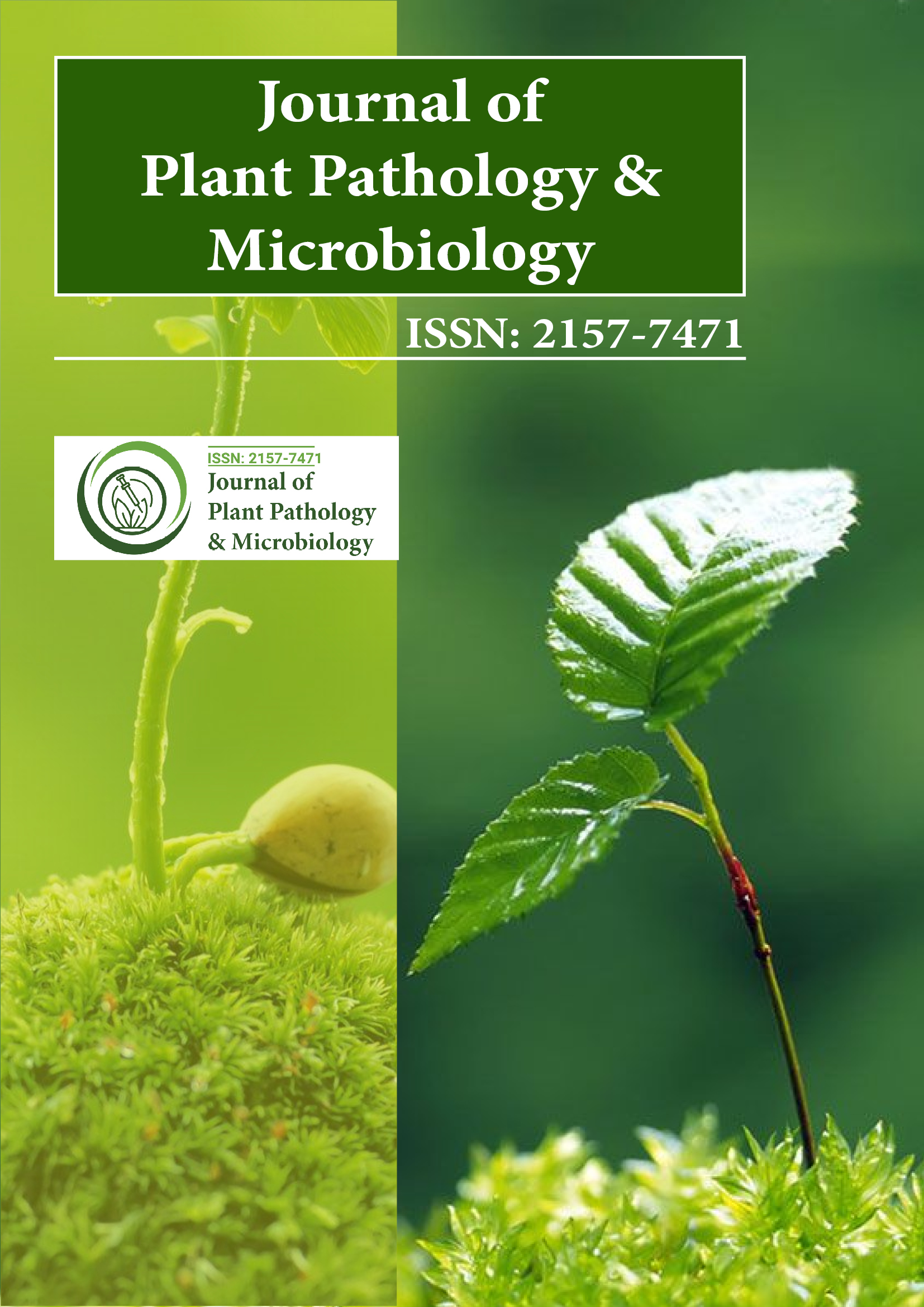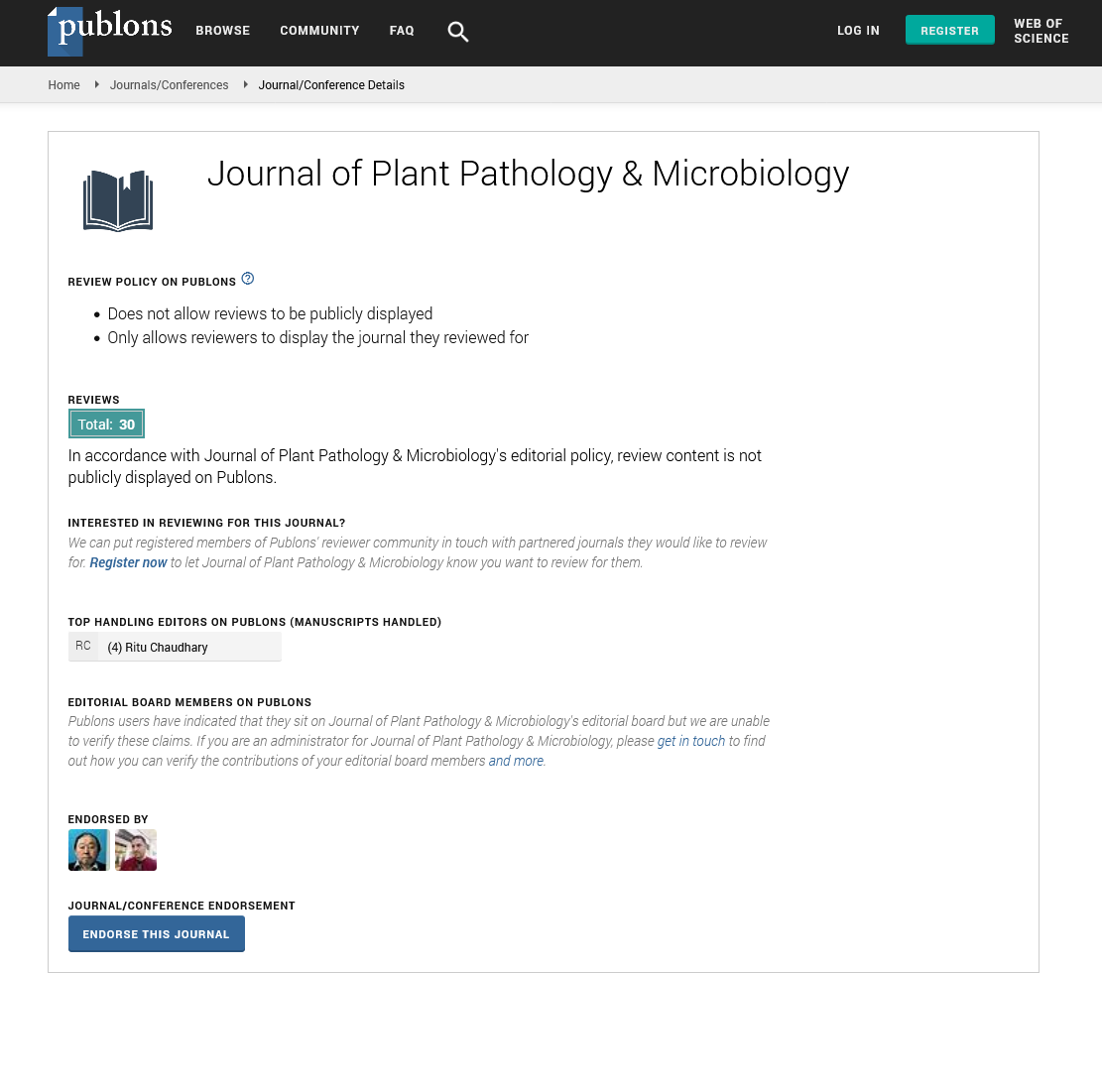Indexed In
- Open J Gate
- Genamics JournalSeek
- Academic Keys
- JournalTOCs
- CiteFactor
- Ulrich's Periodicals Directory
- Access to Global Online Research in Agriculture (AGORA)
- Electronic Journals Library
- Centre for Agriculture and Biosciences International (CABI)
- RefSeek
- Directory of Research Journal Indexing (DRJI)
- Hamdard University
- EBSCO A-Z
- OCLC- WorldCat
- Scholarsteer
- SWB online catalog
- Virtual Library of Biology (vifabio)
- Publons
- Geneva Foundation for Medical Education and Research
- Euro Pub
- Google Scholar
Useful Links
Share This Page
Journal Flyer

Open Access Journals
- Agri and Aquaculture
- Biochemistry
- Bioinformatics & Systems Biology
- Business & Management
- Chemistry
- Clinical Sciences
- Engineering
- Food & Nutrition
- General Science
- Genetics & Molecular Biology
- Immunology & Microbiology
- Medical Sciences
- Neuroscience & Psychology
- Nursing & Health Care
- Pharmaceutical Sciences
Opinion Article - (2024) Volume 15, Issue 4
Utilizing Secondary Metabolites for Eco-Friendly Disease Control in Plants
Xing Wang*Received: 28-Nov-2024, Manuscript No. JPPM-24-28279; Editor assigned: 02-Dec-2024, Pre QC No. JPPM-24-28279 (PQ); Reviewed: 16-Dec-2024, QC No. JPPM-24-28279; Revised: 23-Dec-2024, Manuscript No. JPPM-24-28279 (R); Published: 30-Dec-2024, DOI: 10.35248/2157-7471.24.15.739
Description
Secondary metabolites are naturally occurring compounds synthesized by plants that serve functions beyond primary metabolic processes such as growth and reproduction. These metabolites including alkaloids, phenolics, terpenoids and flavonoids play a key role in plant defense mechanisms against pathogenic infections. Their potential as eco-friendly agents in disease control is gaining attention as agricultural systems aim to reduce reliance on synthetic chemicals and promote sustainable practices. Plants produce secondary metabolites as a response to biotic stress including attacks by fungi bacteria and viruses. These compounds function as antimicrobial agents signaling molecules or physical barriers effectively impeding the establishment and spread of pathogens. Unlike broad-spectrum synthetic pesticides secondary metabolites often target specific microbial processes reducing collateral damage to beneficial organisms and minimizing ecological disruption. One of the prominent classes of secondary metabolites is phenolic compounds.
These include lignin tannins and flavonoids which are known for their antimicrobial properties and role in strengthening plant cell walls. Lignification of cell walls creates a physical barrier preventing pathogens from penetrating plant tissues. Flavonoids on the other hand interfere with microbial growth and communication effectively inhibiting infection. The use of phenolic-rich plant extracts in agriculture can bolster plant resistance while serving as a natural alternative to chemical fungicides. Another important group is the terpenoids which are characterized by their structural diversity and bioactivity.
These compounds have been shown to exhibit antibacterial antifungal and antiviral activities. Essential oils which are concentrated mixtures of terpenoids are derived from aromatic plants and have demonstrated significant efficacy in controlling crop diseases. For instance compounds such as thymol caracole and limonene disrupt microbial cell membranes and inhibit metabolic pathways reducing the virulence and spread of pathogens. Their volatility also makes them useful as fumigants targeting pathogens in post-harvest storage. Alkaloids another class of secondary metabolites are nitrogen-containing compounds with potent biological activities. Many alkaloids function as natural pesticides deterring herbivores and suppressing pathogens. For example nicotine and capsaicin are known to exhibit antifungal and antibacterial properties making them valuable candidates for organic disease management in crops. Their targeted mode of action provides disease control without leaving toxic residues that can affect human health or the environment. Plant secondary metabolites also play a role in signaling within the plant and among surrounding organisms.
For example phytoalexin are compounds synthesized de novo in response to pathogenic attacks. These molecules are highly effective at halting the growth of invading microorganisms by disrupting their cell walls or metabolic processes. Their rapid production following pathogen recognition highlights the potential for inducing systemic resistance in plants through priming techniques that trigger phytoalexin synthesis. The integration of secondary metabolites into agricultural practices is facilitated by biotechnological advancements. Techniques such as elicitor application genetic modification and microbial inoculation are being developed to enhance metabolite production in plants. For instance elicitors derived from microbes or plant pathogens can stimulate the accumulation of secondary metabolites in crops boosting their natural defenses. Similarly engineering plants to overexpress specific biosynthetic genes enables the targeted production of disease-resistant traits without the need for chemical interventions.
Using secondary metabolites as biocontrol agents offers environmental benefits including reduced pollution preservation of soil health and protection of non-target species. Unlike synthetic chemicals these compounds degrade quickly in the environment leaving no harmful residues. Additionally, secondary metabolites support the microbiome in agricultural soils promoting beneficial organisms that contribute to nutrient cycling and pathogen suppression. However challenges remain in harnessing secondary metabolites for large-scale application. Variability in metabolite composition due to genetic or environmental factors can affect their consistency and efficacy. Extraction and formulation techniques also require optimization to ensure stability and cost-effectiveness. Moreover research is needed to fully understand the interactions between secondary metabolites and agricultural ecosystems including potential impacts on non-target organisms and resistance development in pathogens.
Citation: Wang X (2024). Utilizing Secondary Metabolites for Eco-Friendly Disease Control in Plants. J Plant Pathol Microbiol. 15:739.
Copyright: © 2024 Wang X. This is an open access article distributed under the terms of the Creative Commons Attribution License, which permits unrestricted use, distribution, and reproduction in any medium, provided the original author and source are credited.

